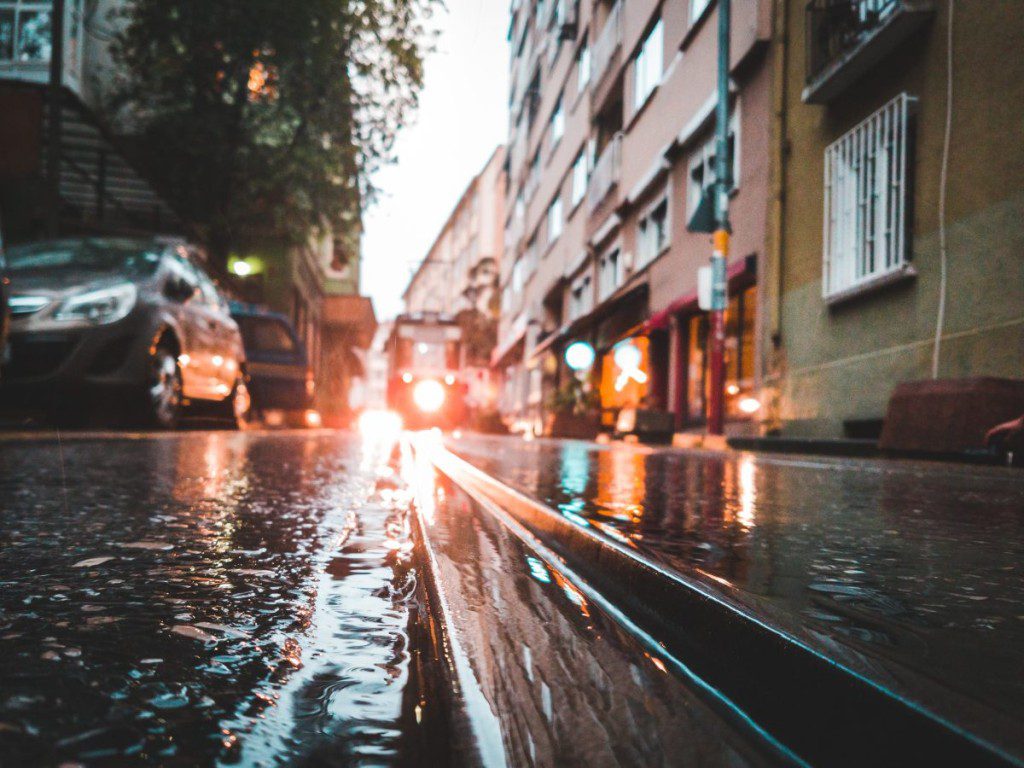Flooding in the garage can be a major issue for homeowners, leading to costly repairs and potential damage to stored items. Fortunately, there are several steps you can take to protect your garage from flooding. From proper landscaping techniques to installing sump pumps and backflow valves, this guide will provide advice on how to prevent flooding in your garage so that you can keep it safe and dry all year round.
1. Landscape for Flood Protection:
Designing your landscape with flood protection in mind can help to keep water away from your garage. Make sure that all downspouts and sprinkler systems direct water away from your house and garage, so it does not accumulate near the foundation. If you have a sloped yard, install retaining walls to prevent runoff from entering the garage. In addition, adding a French drain or drywall can help divert water away from your garage and keep it from flooding. Also, ensure that any trees near your garage are properly trimmed to avoid overhanging branches and other debris from clogging up drains.
2. Install Sump Pumps:
Sump pumps can be a great defense against flooding in the garage by pumping out excess water quickly and efficiently. Installing a sump pump beneath the floor of your garage is an effective way to remove standing water before it has a chance to cause damage. Make sure to regularly inspect and test your sump pump to make sure it’s working correctly, as well as clean it regularly, so it doesn’t become clogged with debris or sediment. For instance, you can use a garden hose to clear out the sump pump’s outlet.
3. Install Backflow Valves:
Backflow valves are special devices that prevent water from flowing back into your garage if the pressure in your municipal sewer system changes. Installing one of these valves on your house’s sewer line can help protect you from potential flooding, as it will allow wastewater to flow away from your home and not back up into your basement or garage. Make sure to check with local authorities for advice about what kind of valve is best for your situation. Additionally, you should get the valve inspected and serviced regularly to make sure that it’s working properly.
4. Wood wall flood vent:
If you live in an area that is prone to flooding, installing a flood vent on your garage walls can be a good way to keep water from entering the building. The wood wall flood vent acts as an air outlet for low-lying areas and allows air to flow freely through the wall. Additionally, this will help relieve pressure inside your garage should there be any water build-up. Make sure to check with local authorities about regulations regarding flood vents before installing one in your garage. So, it is important to take all the necessary preventive steps in order to protect your garage from potential flooding.
5. Seal All Gaps:
Make sure all potential water entry points around the garage, such as doorways, windows, pipes, and vents are properly sealed to prevent any moisture from seeping in. This is especially true of any cracks and gaps in your foundation or walls which can be prone to leakage. You should also apply a waterproof sealant to areas that may be vulnerable to water damage. By taking these preventive measures, you can help ensure that your garage remains dry throughout the year. Furthermore, you should also check for any plumbing leaks or faulty pipes, as these can lead to water damage over time.
6. Have a Professional Inspection:
When all else fails, it may be time to call in an expert. By having a professional inspect your garage, they can identify any potential problems and recommend the best course of action for protecting your space from flooding. This can be a great way to make sure that your garage remains dry even during times of heavy rain or other conditions that could otherwise lead to water damage. Additionally, having a professional inspection regularly can help you catch any small issues before they become bigger ones.
7. Clean Gutters and Drains:
Cleaning out gutters and drains is another important step you can take to protect your garage from flooding. Clogged-up gutters can cause water to overflow, or not drain away properly which can lead to standing water around the exterior of your home and even in the garage itself. Make sure that all your gutters are clear of debris and sediment, so they can function properly and move excess rainwater away from the house. Additionally, check for any blockages in underground drainage pipes as these too could be responsible for flooding in the garage. If there are any blockages, hire a professional to clear them out safely and efficiently.
Protecting your garage from flooding is no easy task, but it’s one that needs to be taken seriously. By following the tips outlined in this article and being mindful of potential water entry points around your home, you can help ensure that your space remains dry during periods of heavy rain or other conditions. Additionally, make sure to inspect for any plumbing leaks or faulty pipes as these too could lead to water damage over time. Finally, don’t forget about having a professional inspection regularly, so you can catch any small issues before they become bigger ones. With some simple steps and regular maintenance, you can keep your garage safe from flooding all year round!






